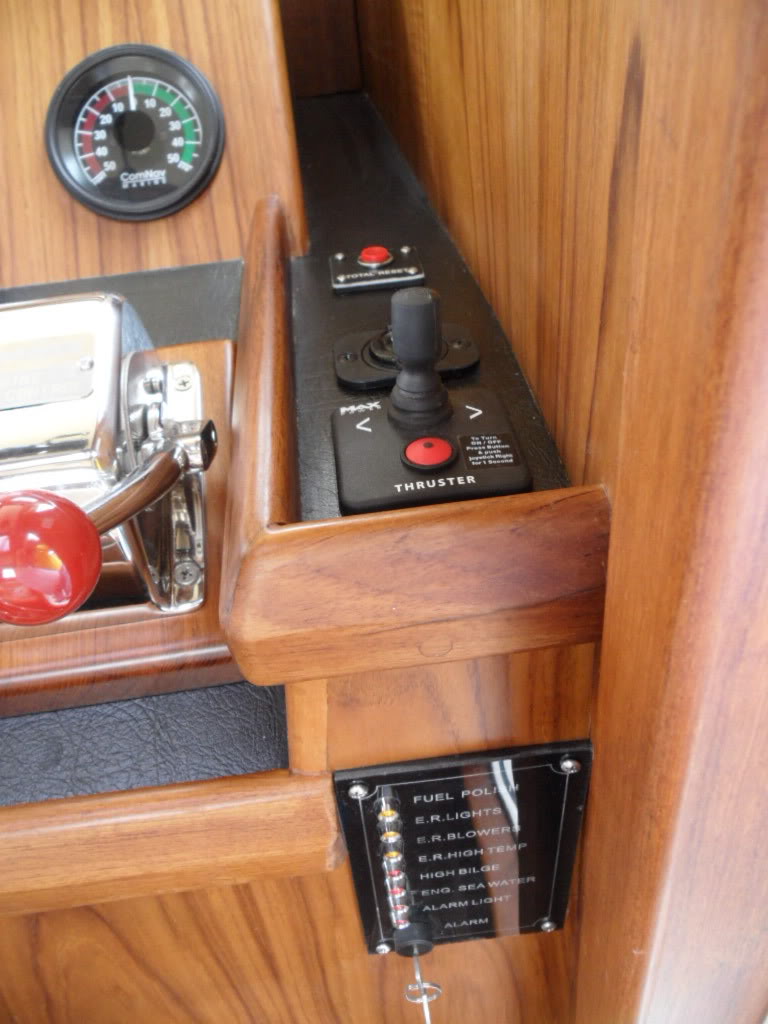magicbus
Senior Member
- Joined
- Nov 14, 2010
- Messages
- 460
Having never had an electric windlass before I have a question about setting the anchor. *After lowering the appropriate amount of (all chain) rode I want to set the anchor. *My question is, do I need to use the snubber to set the anchor or is the windlass able to handle the load? *I could flip down the chain lock on the windlass but that would still keep the load on the windlass. *Does this matter? *My plan is to lower, set, let out the last third of rode, then snub, but I am open to correction!
Thanks,
Dave
*
*
*
*
Thanks,
Dave
*
*
*
*

